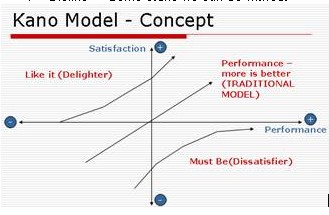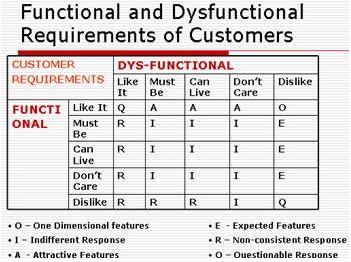There can be many perspectives to look into a particular situation or series of events or occurrences. The perspectives are
1> Individual level
2> Corporate level ( very relevant for businesses)
3> Systemic level ( where the larger society or the government or maybe the whole country is involved)
We often see in our Bollywood movies where the hero , a victim of injustice fights against the system. But that is merely the legal aspect. Deep ingrained is ethics and in many of the situations all the three (individual,corporate and system) are to blame.
Out of the many theories one that is very interesting is Kohlberg's 3 level theory. Is this a good theory to go ahead in case of a confusion and an ethical dilemma ? Well this theory is not fail proof and there are some criticisms about this. The theory approaches ethics from a justice standpoint where different cultures, different countries can have different approaches.
This theory is based on a life cycle of human development from Pre-conventional states to the Conventional States to the Post Conventional state. With each level , the power of thinking increases and the ability to think and articulate from different perspectives and viewpoints increases.
| LEVEL 1 | STAGE 1 | Obedience & Punishment | This stage is mostly manifested by children. Elders teach them to follow a certain conduct in the absence of which they are punished. This is an elementary state of mind of the child who tries to follow the best way in his/her own realm. Very few of them remain in this state when they grow up. But in certain situations most elders still shift back to this stage. |
| STAGE 2 | Instrumental and Relative Orientation | A sense of individuality develops. It depends heavily on the culture and the surroundings. Children recognize that in addition to their own needs they need to follow certain principles for their near and dear ones. This is a very important state because the mind starts to mature and grown up can actually recollect the virtues learnt at this period consciously or sub consciously. | |
| LEVEL 2 | STAGE 3 | Conventional sense of moral | The stage evolves from a chasm of innocence to a new world of family and friends. But it still remains within the boundaries of the known environment and conformance and obedience take control. However this is the inception when the mind starts to revolve and go beyond the boundaries set by the conventional world of family and friends. |
| STAGE 4 | Law and Order orientation | When the mind finally leaves the boundaries it meets new constraints of the laws of the society and the land and the religion. A delinquent mind can severely affect this development because it doesn’t get answers to its questions any more. The cultural evolution lays its foundations which remain till death for most individuals. | |
| LEVEL 3 | STAGE 5 | A thought leadership stage | Very few people go beyond thinking about themselves and their immediate near and dear ones and start thinking of opinions and arguments of other people. The intellectual capital or intelligentsia consists of this stage where politics, beliefs, values trespass each other. |
| STAGE 6 | Moral Guru | A stage where leaders evolve to become thinkers. A universal stage where great people of great nations have thought in a different way, the way that became the societies or nations way in future. This state may conflict with rules and principles and challenge the conventional with abstract arguments to judge good or bad. |
It will be interesting to note where Corporates will fall according to this theory, most probably at stage 4 of level 2. Some of them may be at Stage 5 of level 3. Corporates are very particular about ethics and they conduct audits annually to prove this point. This is useful in several situations ,for example
- To attract new talent into a growing organization
- To attract investors
- To attract customers who want to do business with a good guy
But if you are any one of the three stakeholders(employee, investor or customer) stop and think. There you can judge for yourself if you want to do business or not. In the first step you can evaluate yourself as an individual in a Kolhberg model. Then you can evaluate the organization or its individuals in the same way. If you observe there is a sync then there is a match. This can even be fine tuned with situational aspects. What actually to and how to evaluate a particular situation? Ask these questions for each perspective and see if your evaluations match.
For example a simple framework like this can be used.
|
| Caused it/ Helped to cause it | Could have attempted to prevent it | Had capability / authorization to prevent it | Did it with full knowledge | Did it with his/her own free will |
| Individual |
|
|
|
|
|
| Corporate |
|
|
|
|
|
| System |
|
|
|
|
|
How does these tables translate in real life and in real situations ? Probably there is no time or frame of mind to do so but an analysis can be useful for avoiding and reducing the type 2 errors , accept something or do something that is unethical.
A corporate can come in the top ranks of a ethics survey but it is for itself to evaluate and see if it behaved like a Level 3 when it had the opportunity.

